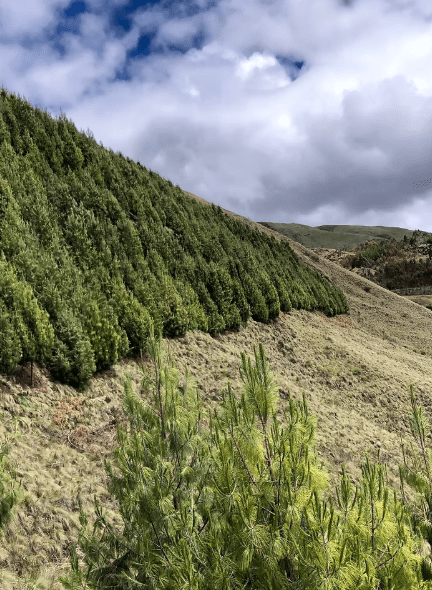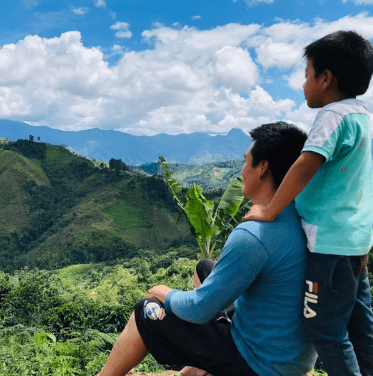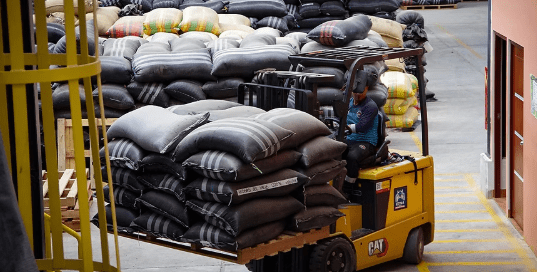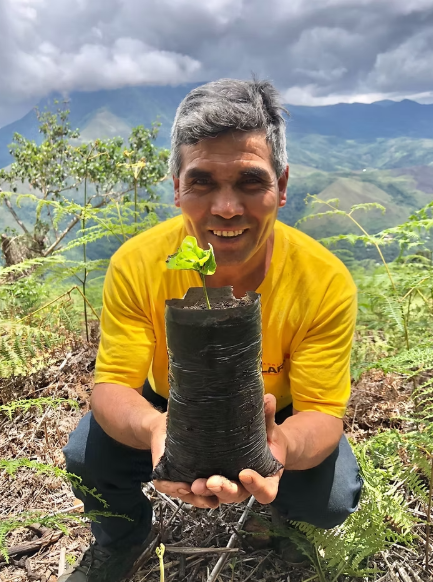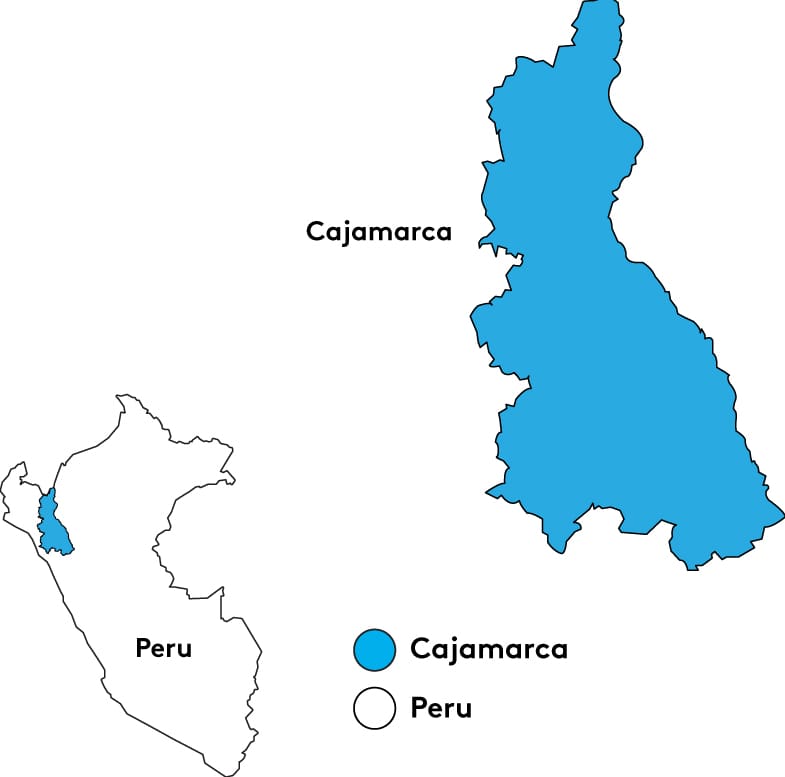In the northern highlands of Peru, where the mountains of Cajamarca and Amazonas meet, coffee is more than a crop. It is the lifeline of thousands of families. Out of this landscape, Café Selva Norte was created in 2018 as the first venture of the Urapi Fund, with a vision that goes far beyond coffee itself. It is a project rooted in restoring ecosystems, empowering communities, and building resilience for generations to come.
Working closely with ten cooperatives, Café Selva Norte addresses land degradation by financing farm renovation, supporting agroforestry systems, operating a state-of-the-art Cimbria
Today, more than three thousand producers are part of this collective effort. Every tree planted is both a promise of better coffee and a step toward regenerating the forest. The project aims to reforest over eight thousand hectares, conserve more than two hundred thousand hectares of standing forest and turn degraded land into thriving agroforestry systems that support livelihoods and protect biodiversity.
At the center of this vision is the Farm School, where over a million coffee seedlings and thousands of forest plants are produced each year. More than a nursery, it is a space for learning and innovation where farmers receive training in sustainable practices, from pruning and fertilization to the introduction of resilient varieties.
As of 2024, Café Selva Norte works with cooperatives and associations of producers across Cajamarca, Amazonas, and San Martín. From these regions come some of Peru’s most representative varieties, including Catimor, Caturra, Pache, Typica, and Bourbon. Each lot is selectively harvested and carefully processed, carrying with it not only the taste of Peru but the story of a community shaping its own future through coffee.
This blend underwent washed process. Cherries are selectively handpicked at peak ripeness and pulped within 24 hours of harvest. The parchment coffee undergoes controlled fermentation in tanks with water for 12 to 48 hours, depending on climate and altitude, allowing the mucilage to break down naturally. After fermentation, the beans are washed thoroughly with fresh water to remove all residues. Drying takes place on raised beds, where the coffee is spread in thin layers and turned frequently until it reaches stable moisture of 10–12 percent.
